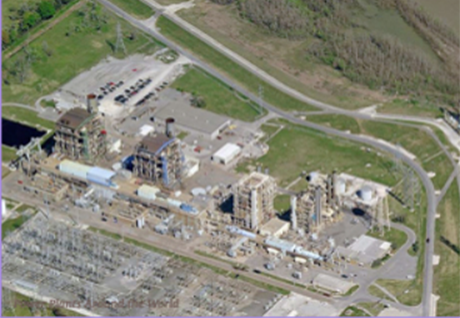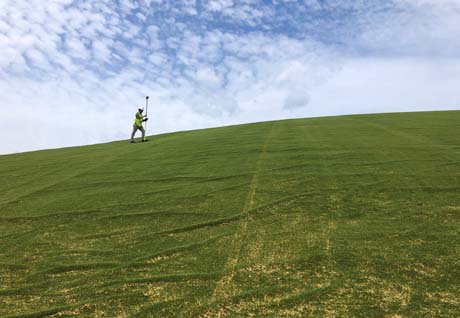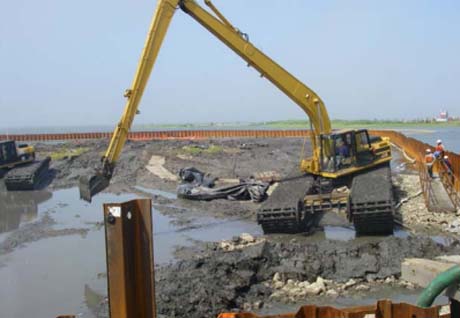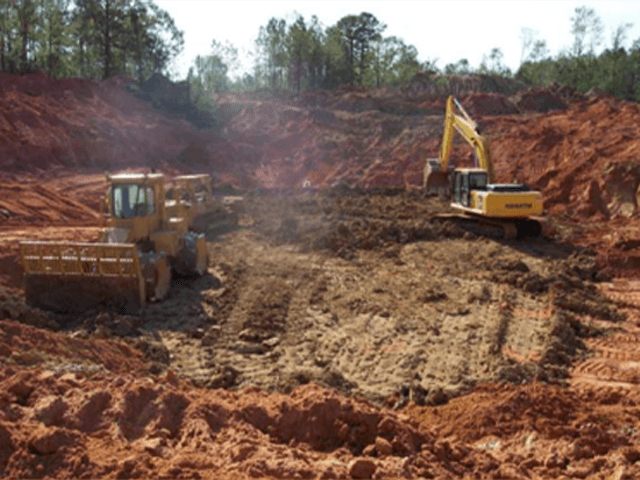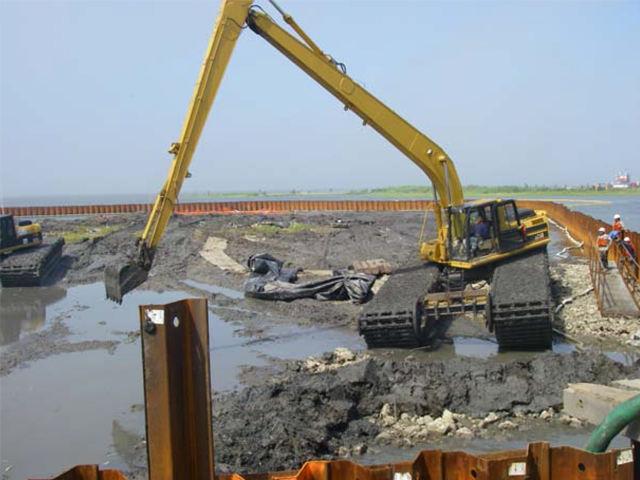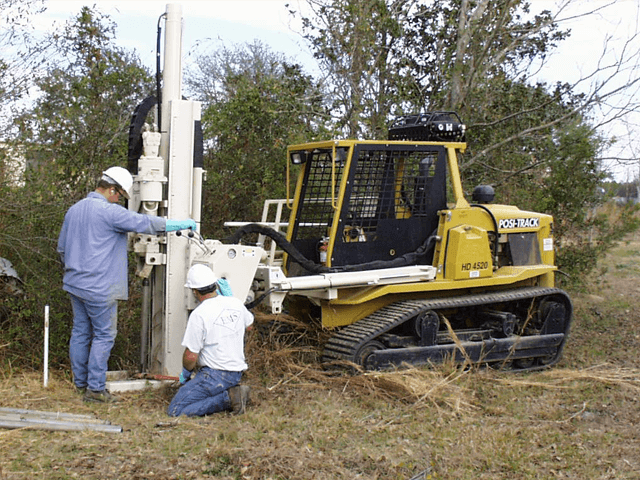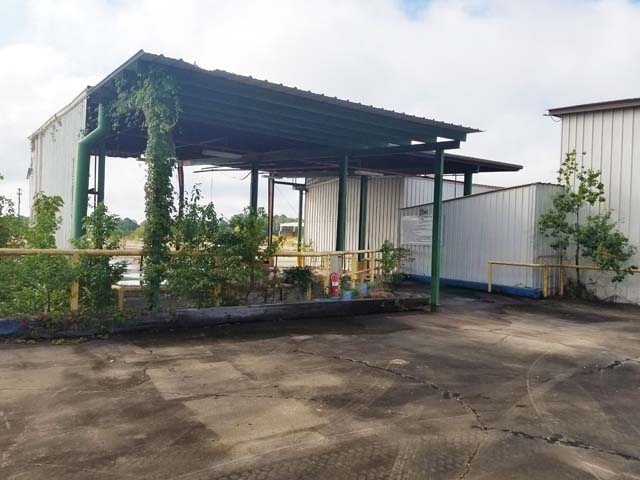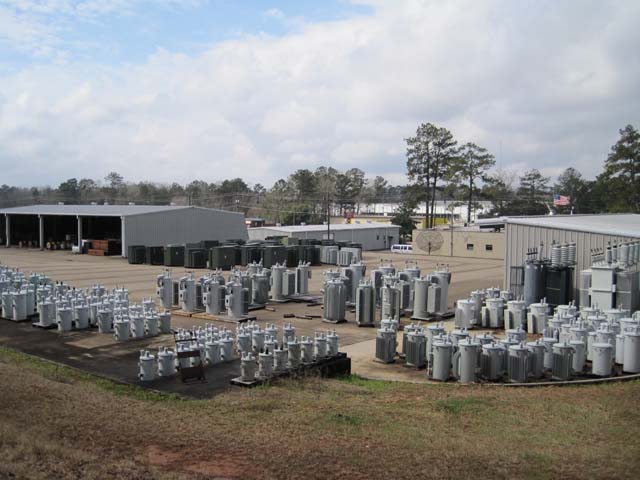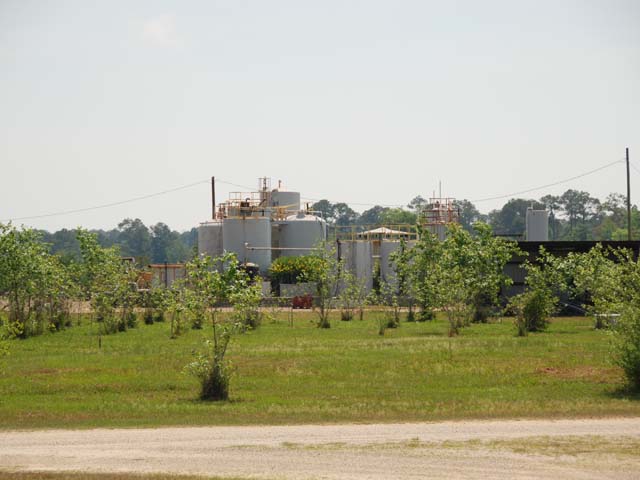
Environmental Assessments
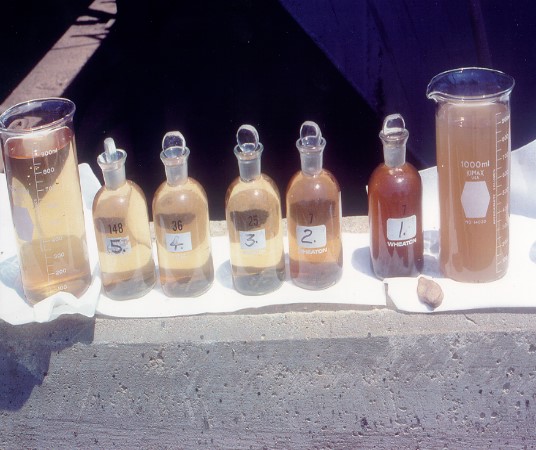
Determining Environmental Risk Through Assessments
Understanding environmental risk is vital in today’s complex environmental regulatory climate. We understand that environmental risk tolerance is unique to each client. We work closely with you to identify specific goals in order to determine potential environmental concerns.
Whether it is CERCLA liability protection, business environmental risk evaluations, or contaminated site characterizations, we will identify any environmental concerns and recommend appropriate response measures.
Phase I Environmental Site Assessments (ESA)
Developers, lenders, and businesses that purchase or finance property transactions must be aware of potential environmental liabilities associated with a property in order to provide a defense to CERCLA (Superfund) liability. EMS trained professionals provide Phase I ESA assessments to meet evolving regulatory requirements and help you manage environmental risks.
Leaking Underground Storage Tank (UST) Investigations
We are a UST Engineering Response Action Contractor (ERAC) licensed by the MDEQ to perform UST investigations and cleanup through the Petroleum UST Trust Fund. EMS is also a certified UST removal contractor in several states.
National Environmental Policy Act (NEPA) Assessments
The National Environmental Policy Act (NEPA) requires federal agencies to integrate environmental values into their decision-making processes by considering the environmental impacts of their proposed actions and reasonable alternatives to those actions. In many cases a NEPA Environmental Assessment (EA) may be sufficient depending on the nature of the project, but sometimes a full Environmental Impact Statement (EIS) is needed.
CERCLA Remedial Investigation & Feasibility Studies
Sites listed on the National Priorities List (NPL) require a comprehensive investigation known as a Remedial Investigation (RI), which is often performed in conjunction with a Feasibility Study (FS) to evaluate remedial options.
Brownfield Site Characterizations
A brownfield site is any real property, the expansion, redevelopment, or reuse of which may be complicated by the presence or potential presence of a hazardous substance, pollutant, or contaminant. We perform investigations to develop a conceptual site model, and performing risk assessments at brownfield sites. EMS is an approved brownfield consultant in several states and serves as brownfields contractor on sites funded and led by the Mississippi Department of Environmental Quality (MDEQ).
Threatened & Endangered Species Surveys
Projects involving Federal action (including federal permits or federal funding) require evaluation of potential impacts to sensitive habitats and biota in the project area. EMS has experienced biologists that perform these threatened and endangered species surveys regularly.
Cultural Resources Investigations
Cultural resource surveys are required to comply with Section 106 of the National Historic Preservation Act of 1966 (as amended) for federally sponsored projects. Any aspect of the project that may or will cause any change in the quality of historic, architectural, archaeological, or cultural nature of a property that is listed on the National Register of Historic Places or property listed on a State Register of Historic Places must be addressed in compliance with the Act.

Wetlands & Stream Delineation
Wetlands Developing properties involving fill or construction near wetlands or streams requires a Section 404 Permit from the US Army Corps of Engineers and a Section 401 Water Quality Certification from the state regulatory agency. EMS has experienced wetlands scientists who can identify and map wetlands and riparian zones that need to be permitted, protected, and/or mitigated.
Groundwater Modeling
At sites with complex geology or multiple plumes it is often helpful to perform computer model simulations to evaluate hydrologic conditions for use in understanding the history of the contaminant migration and to be able to predict future effects of proposed groundwater remediation. We have hydrogeologists with extensive real world modeling experience.
Ecological Risk Assessments
An ecological risk assessment is the process to determine the probability of harm to plants and animals that may be exposed to hazardous substances from a contaminated site. It typically includes a study of how a plant or animal can become exposed to a contaminant and a determination of whether the ecosystem at or near a site will be adversely affected.
Human Health Risk Assessments
A human health risk assessment is the process to estimate the nature and probability of adverse health effects in humans who may be exposed to chemicals in contaminated environmental media, now or in the future. It typically involves a study of how humans may be exposed to contaminants (i.e., direct contact, airborne, food, etc.) and a determination of what concentrations can exist in the environment that will not pose a human health risk.
Aquatic Biology Analysis
EMS provides sediment, pore space, benthic organism, and biota sampling services in order provide data to perform risk assessments in these delicate and challenging environments. We have developed methods over the years that work in real world applications that preserve the quality of the sample and allow for sound decision making with regard to aquatic related risks.


